10 cars that will be discontinued in 2023 and 8 more on the chopping block

With 2022 model year production coming to a close and 2023 models entering the picture, it’s time for another round of the RIP list — models that will not return for the 2023 model year. Surprise, surprise, it’s another list chock-full of sedans and enthusiast models, but there are a few unexpected entries on this year’s list too. Let’s dive right in.
The end of the road
Acura ILX
Acura’s entry-level nameplate is toast, but the formula will live on in its replacement, the newly revived Integra. Acura’s smallest sedan never really caught on with enthusiasts, so we’re not too surprised to see it put out to pasture. Whether the Integra has the nostalgia juice to right the ship remains to be seen.
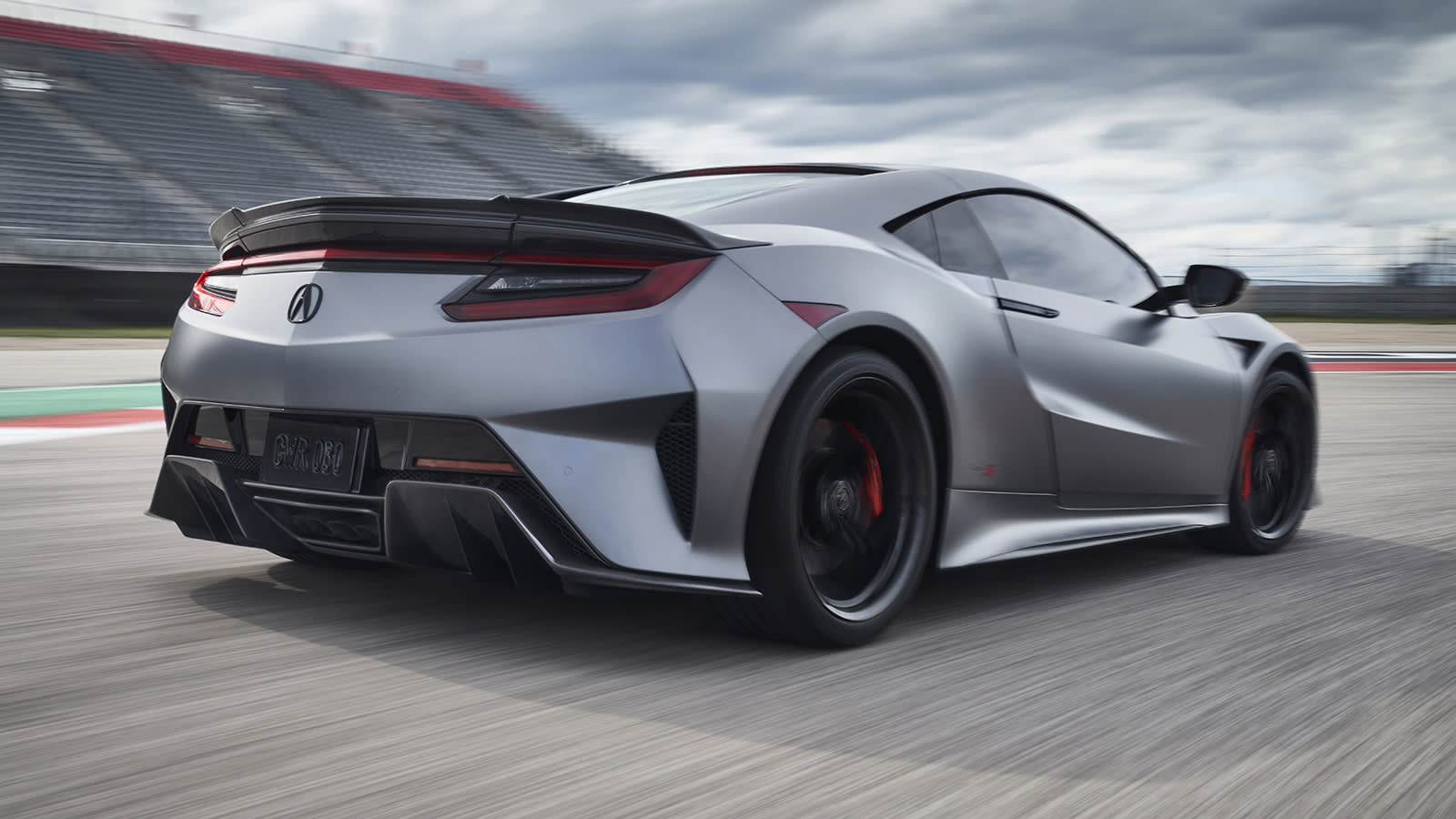
Acura NSX
This one hurts more than ILX. Like the new Integra, NSX represented a revival of a then-retired nameplate when it was resurrected in 2016. The new car tossed out its old mid-engine, RWD layout in favor of a hybrid system and all-wheel drive, but as a halo model, its sales never set the world on fire. It’s still an impressive alternative to the C8 Chevrolet Corvette, and the development of its hybrid technology will continue to pay dividends in Acura’s mainstream offerings.
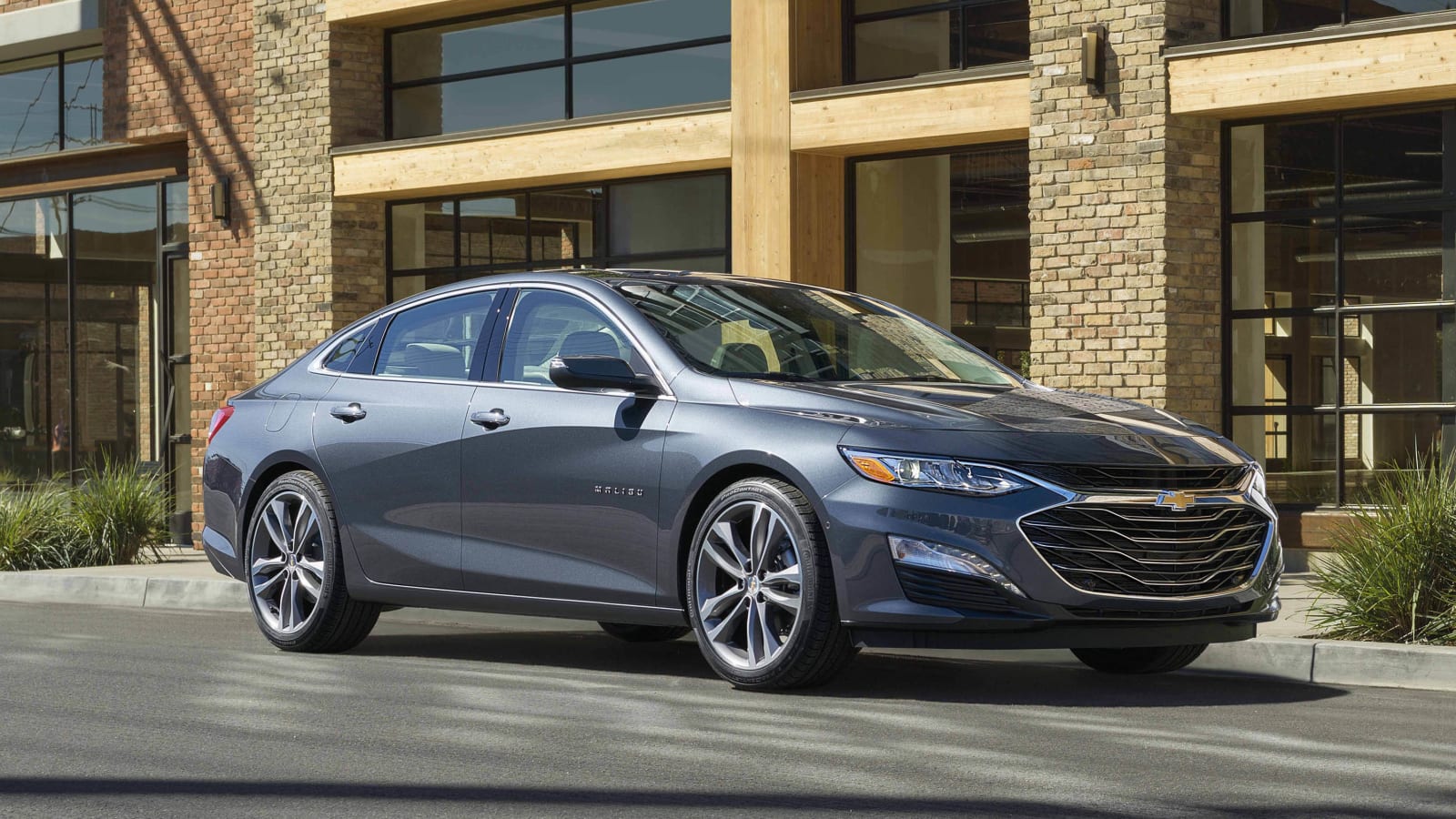
Chevrolet Malibu
Yes, the Malibu still exists. Even though GM announced years ago that it was bailing out of the small car and sedan segments in favor of profit-friendly CUVs, SUVs and trucks, the Malibu is still being built and sold today, but not for long. If that’s a surprise to you, this next one’s going to be a whopper.
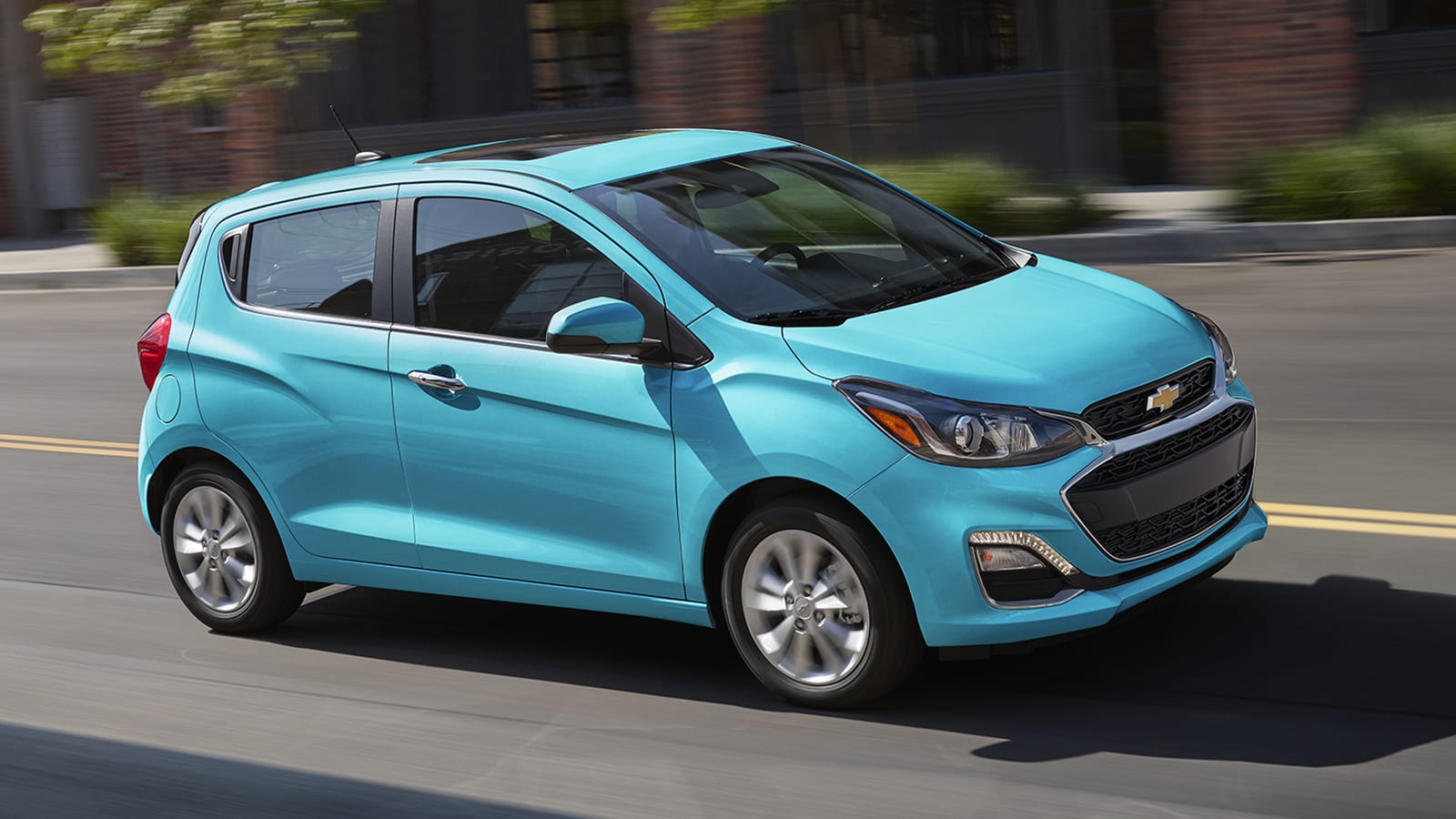
Chevrolet Spark
Chevy’s tiny hatch-thing was among those designated for termination in GM’s massive small-car slaughter, but like the Malibu, it still had its role in GM’s broader lineup. In this case, we’re guessing it existed to allow GM and its dealers to advertise a very cheap new car. No longer.
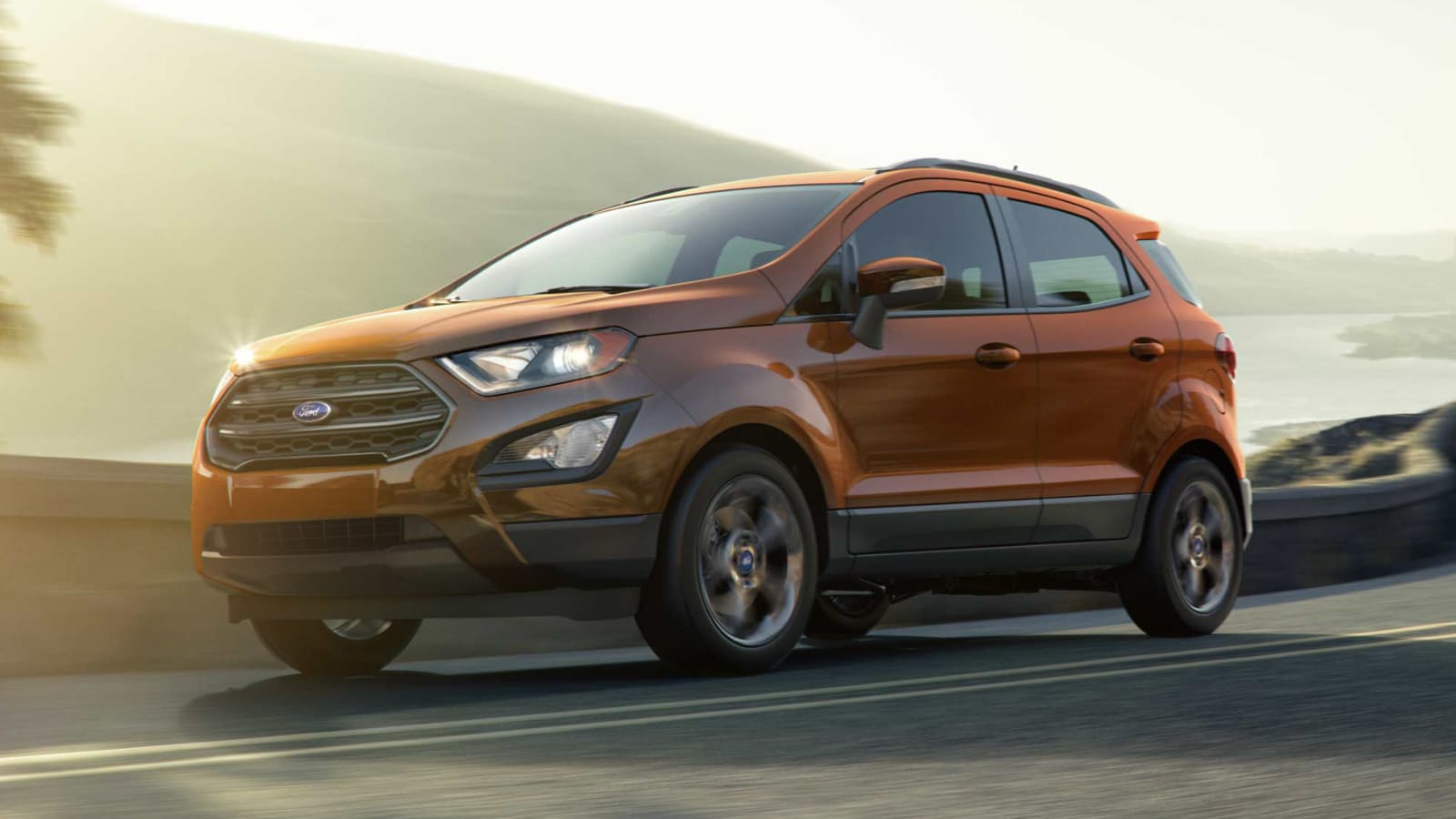
Ford EcoSport
Like the Chevy Spark, the EcoSport’s best attribute by far was its price point. This crossover-hatch was already old and outdated when it was first imported here in 2018; in 2022, it’s an eggcrate on wheels with Bluetooth connectivity. Nobody will miss it (cue the hate mail).
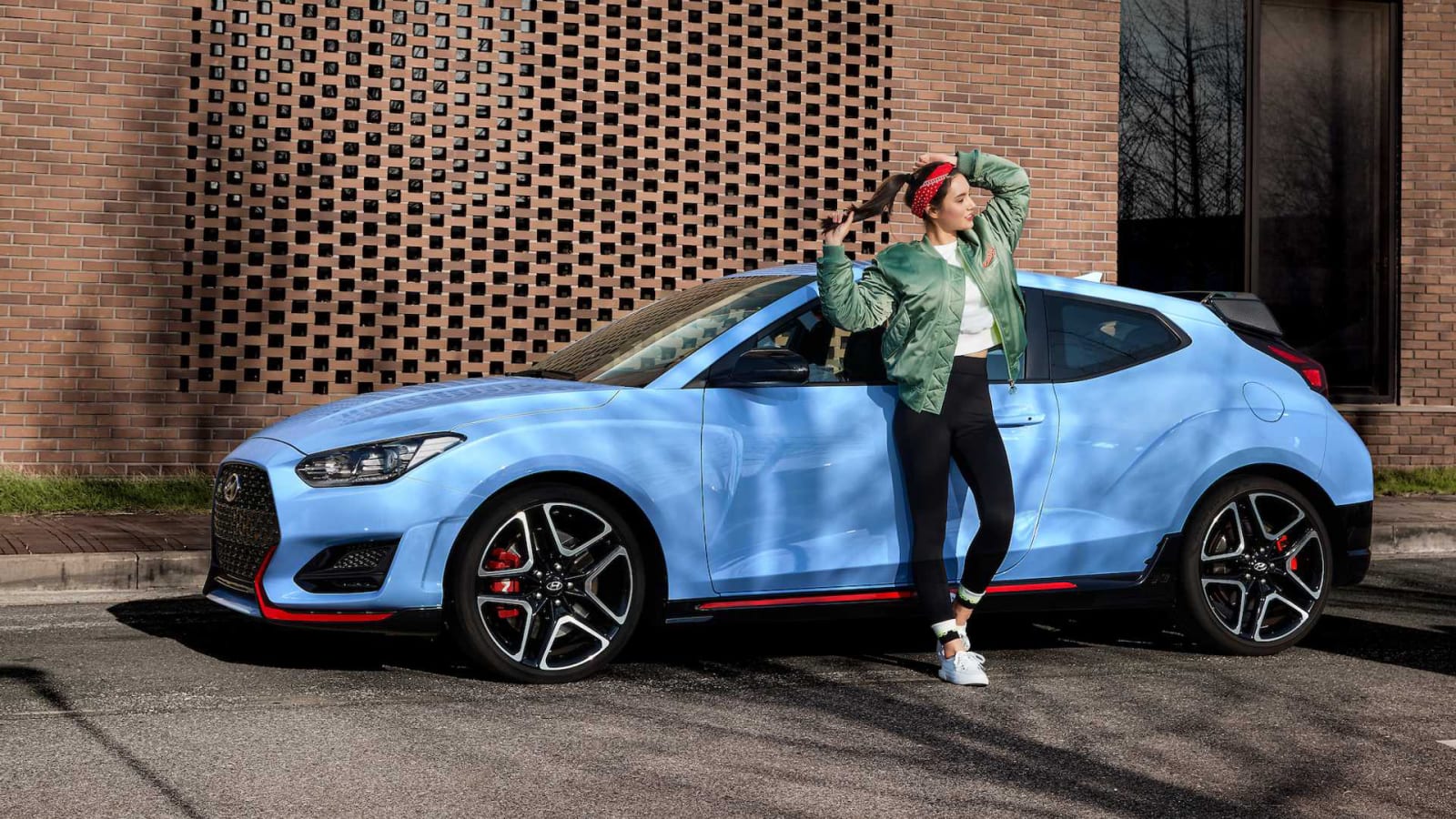
Hyundai Veloster N
Hyundai’s hot hatchback is far and away the best bang-for-your-buck performance deal, especially if you need something practical. The more expensive Volkswagen GTI is more comfortable and refined, sure, but its cabin (long the Volkswagen’s advantage against other sporty compacts) suffered from a massive downgrade after its latest redesign. RIP Veloster. At least we have Elantra N.
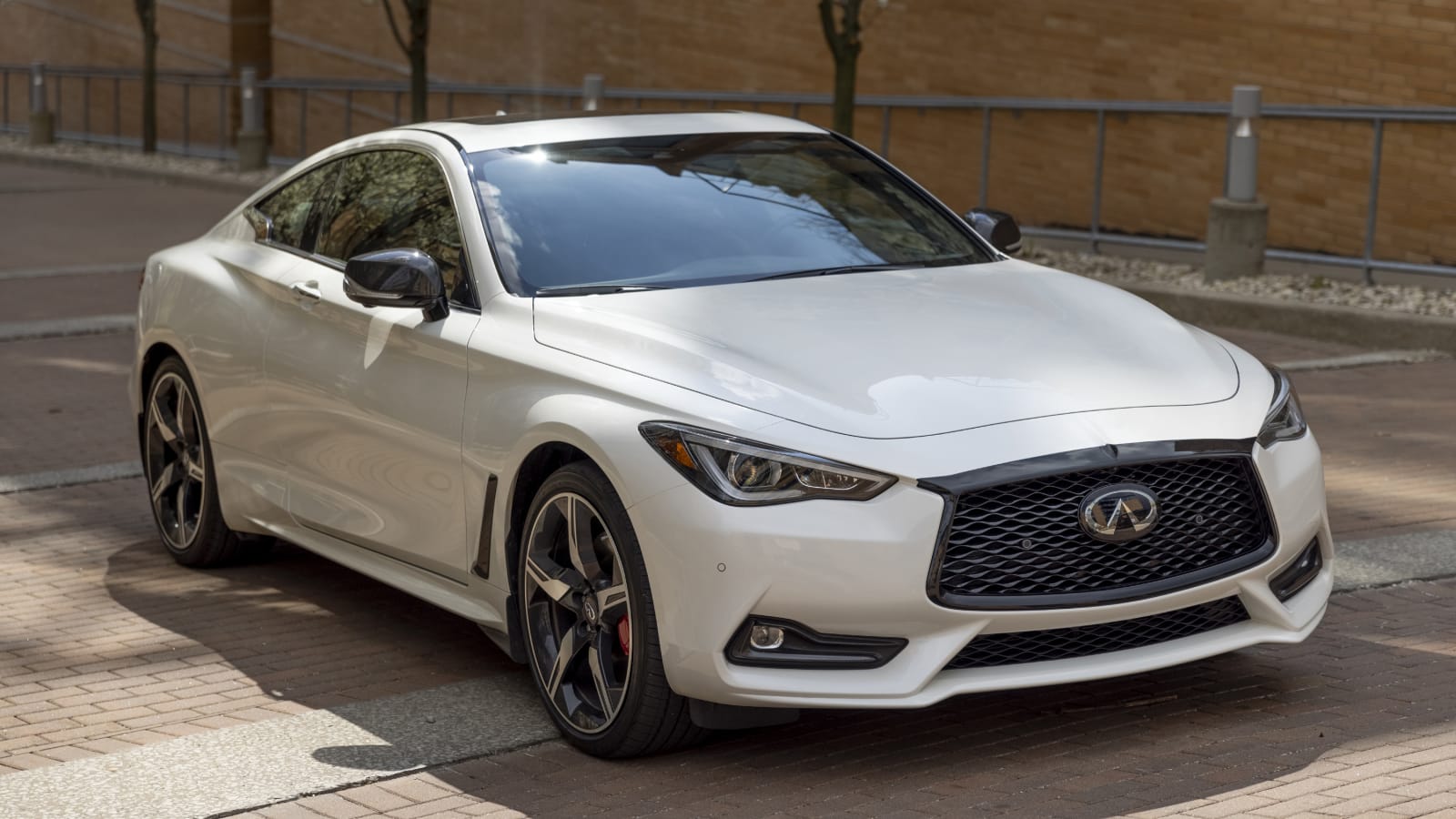
Infiniti Q60
Remember the Q60? Infiniti’s luxury coupe shares its underpinnings with the Q50 sedan and the Nissan 370Z, the latter of which was just replaced with a heavily revised sports coupe. Infiniti’s two- and four-door offerings have been adrift for several years; the Q60’s sinking will likely go unnoticed by most car buyers.
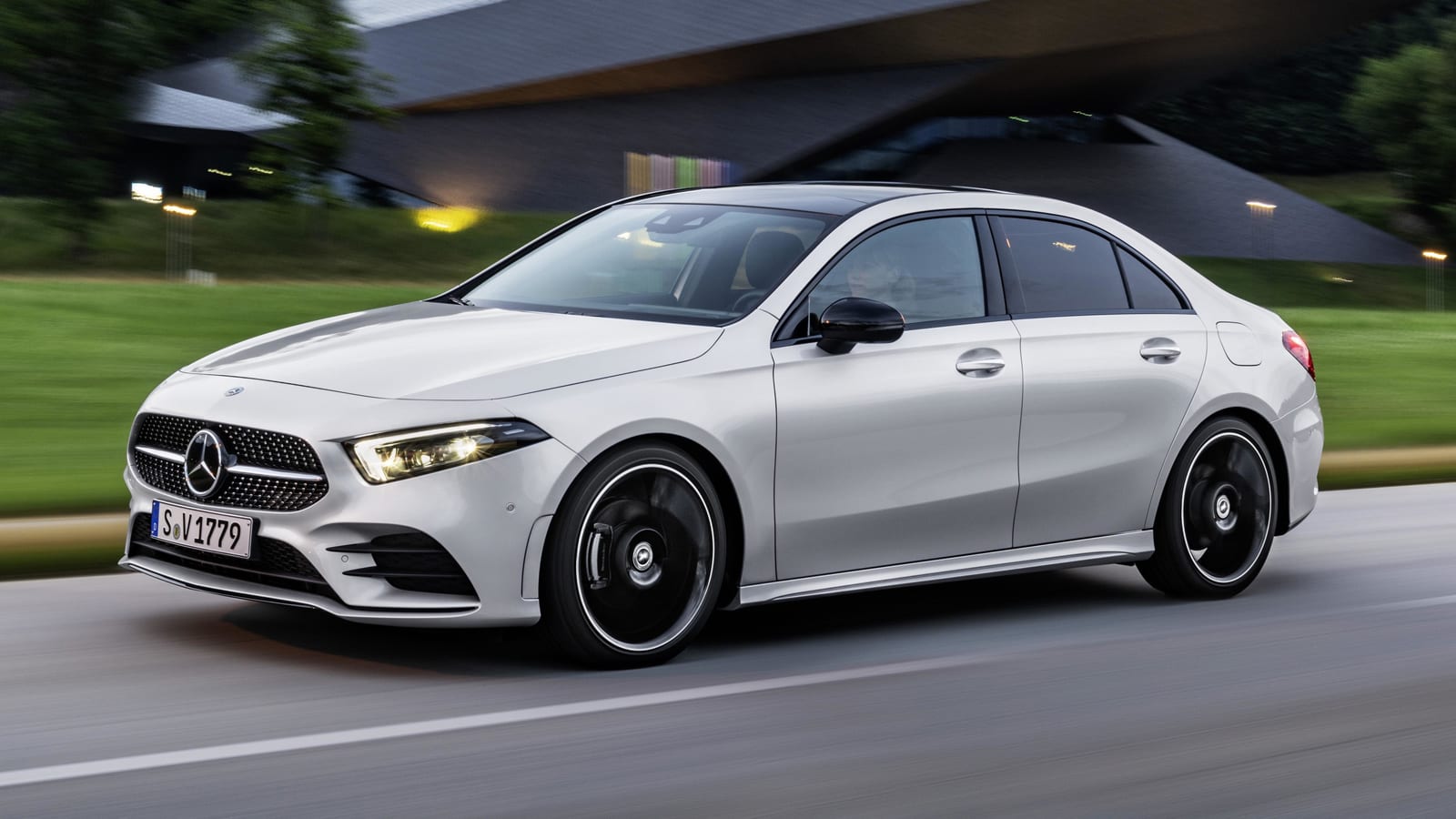
Mercedes-Benz A-Class
The departure of the A-Class likewise won’t make too many ripples, especially since the CLA-Class (based on the exact same architecture) isn’t going anywhere. The crossover-y GLA will now be the brand’s cheapest offering.
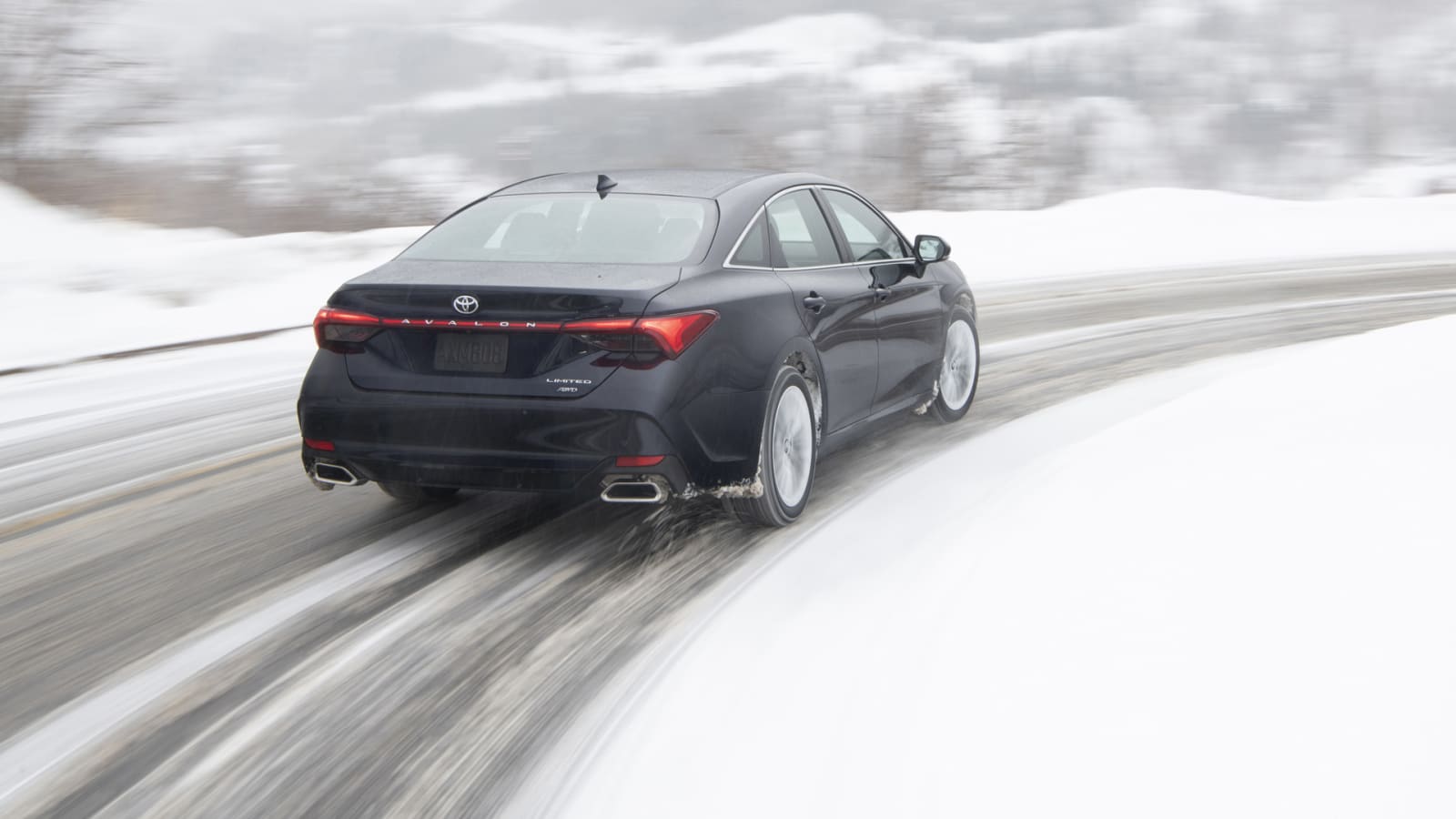
Toyota Avalon
We’ve reached the end of the road for Toyota’s large Camry-based sedan. We expect its role to be filled by variants of the new Toyota Crown, which will arrive here first as a crossover-like liftback thing packing an electrified powertrain.
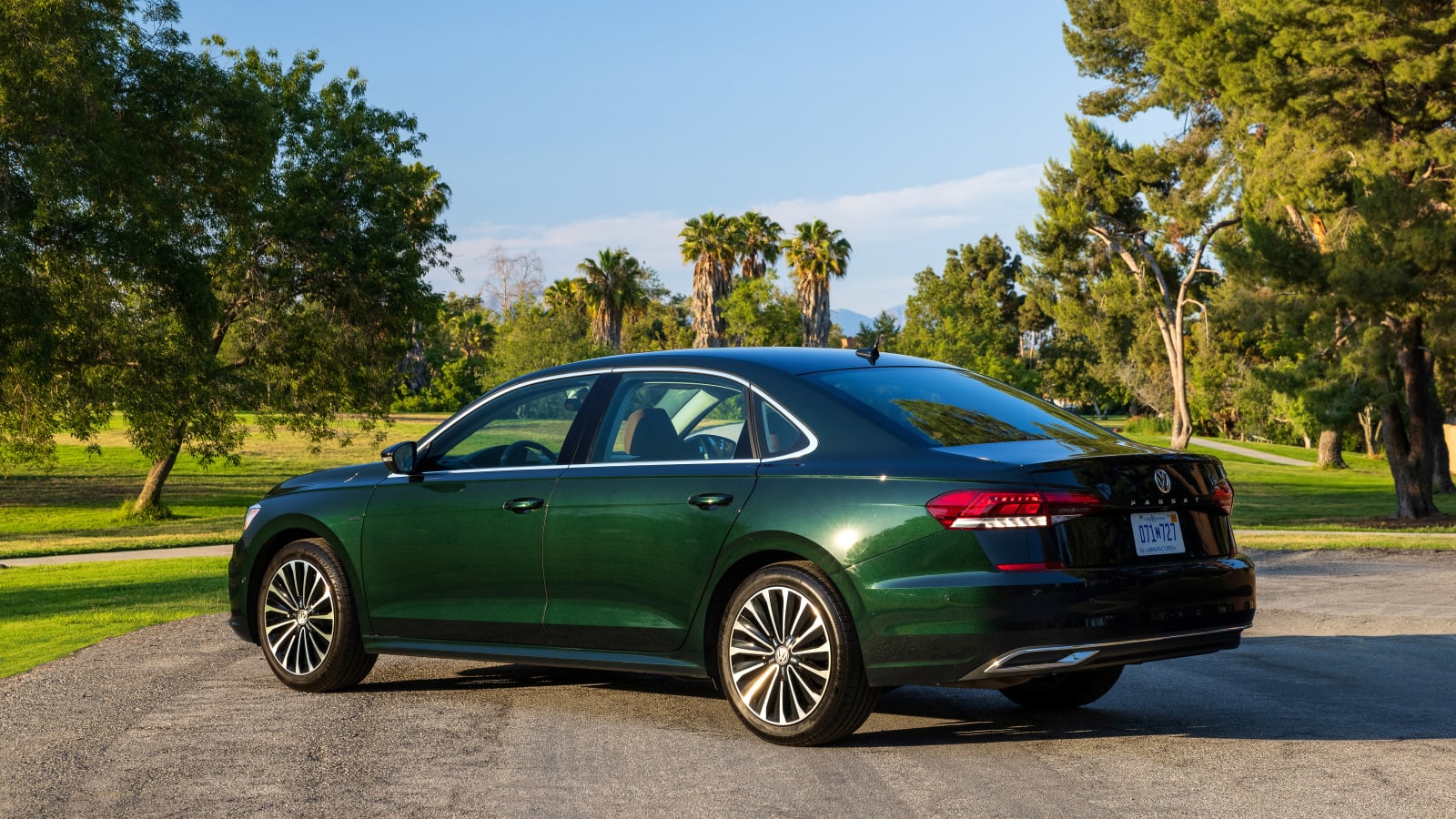
Volkswagen Passat
VW entered 2022 with three sedan models and will exit with just two. The long-running Passat will take a bow and leave the spotlight to the more expensive (and interesting) Arteon, while the Jetta will soldier on as the budget-friendly offering for those who want a larger compact or smaller midsize sedan.
The chopping block
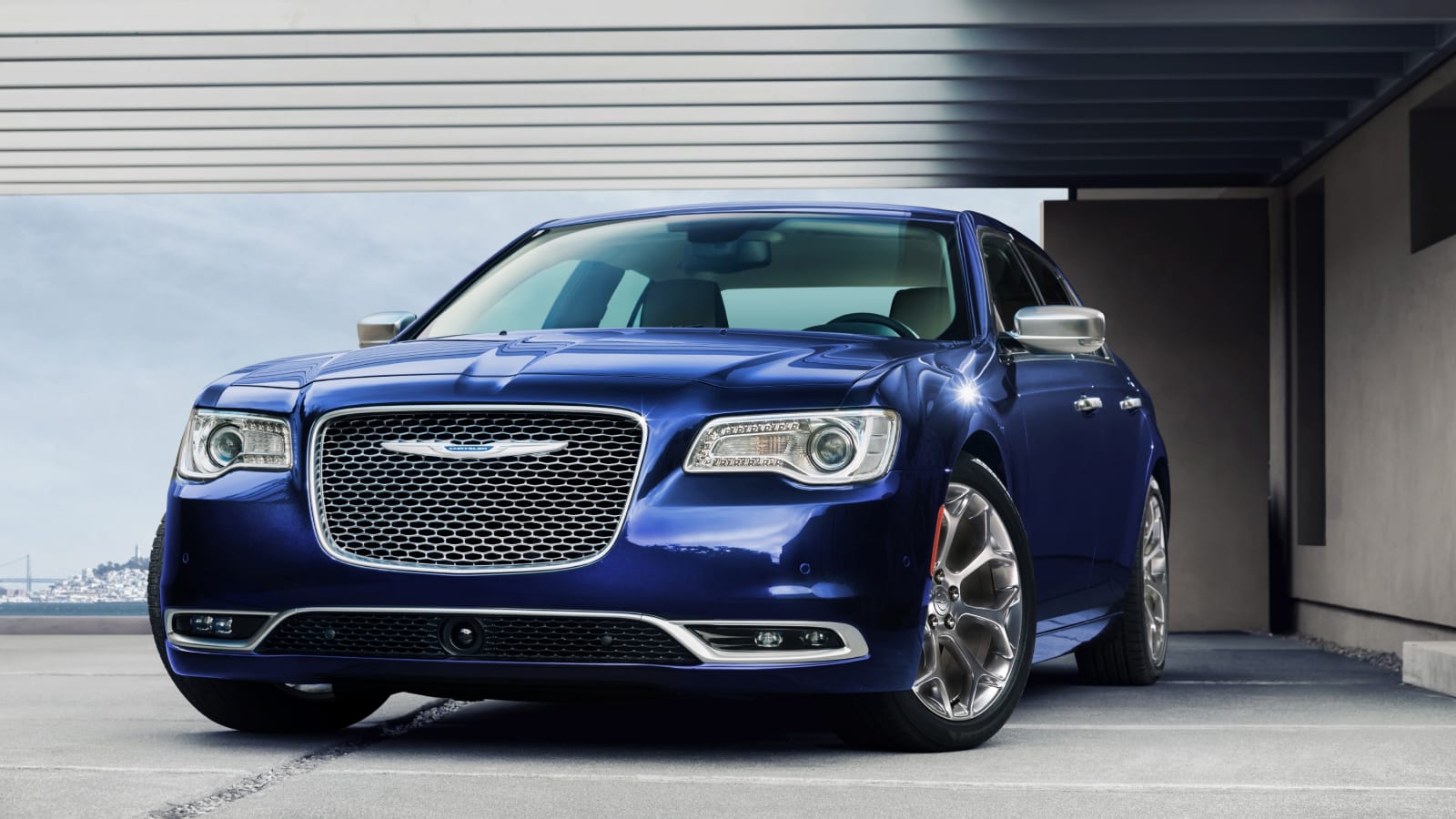
Chrysler 300
The 300 appears to be dead-dead as soon as 2023, and unlike its Dodge siblings (see below), this will likely be the end of the line. Chrysler’s Airflow concept should give you a good idea exactly how the company plans to evolve its passenger-car lineup.
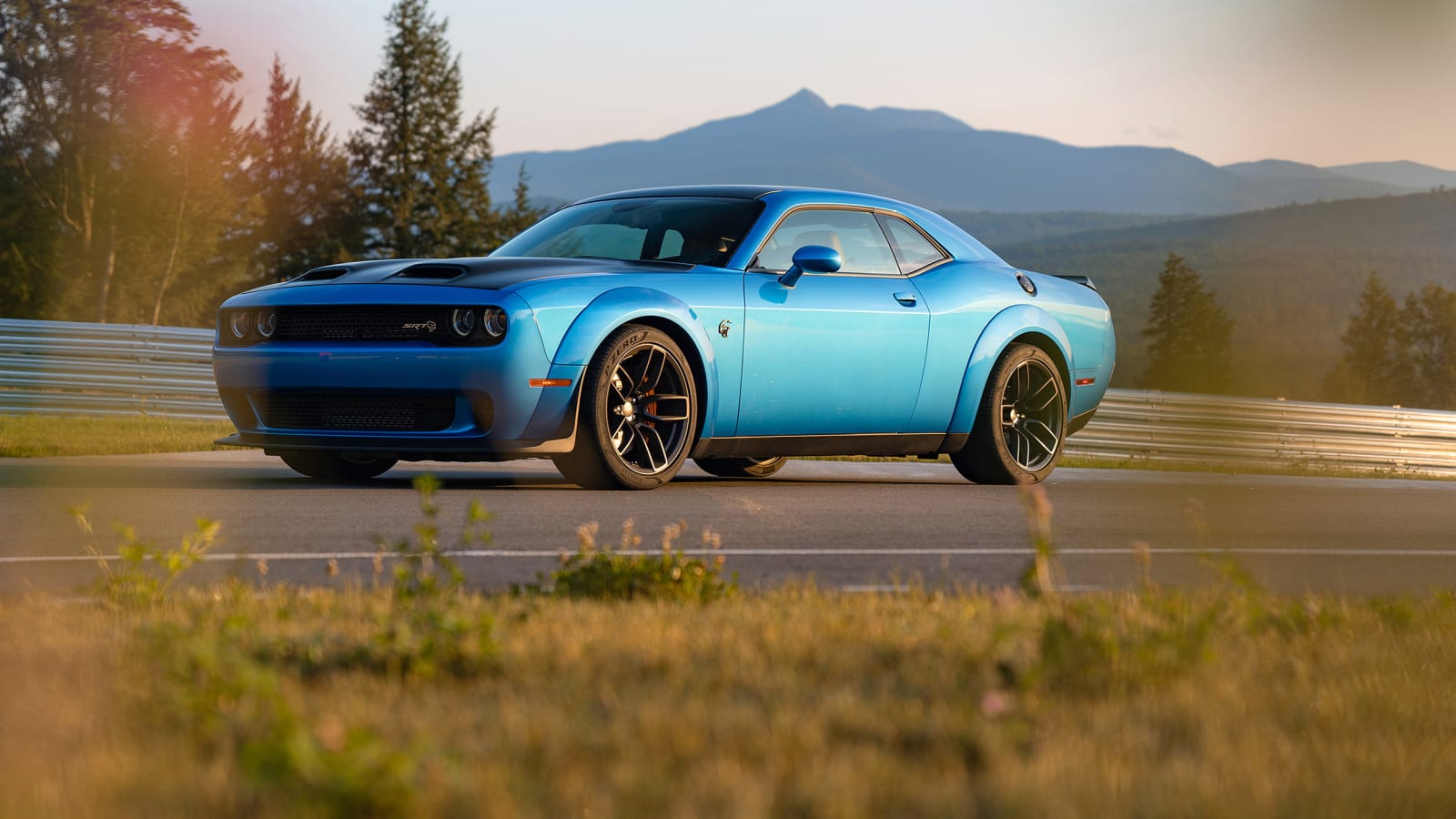
Dodge Challenger/Charger
Dodge has made it clear that the days of its current LX-platform coupe and sedan are numbered (ostensibly no higher than “2023”), but by all accounts, they will be replaced by a new platform. While both have sold reasonably well, coupe and sedan popularity has been waning and it’s unclear whether the Charger and Challenger will return side-by-side, or be consolidated into a single model. Plus, Stellantis is notorious for extending the life of “dead” models, so take this one with a grain of salt until it’s all said and done.
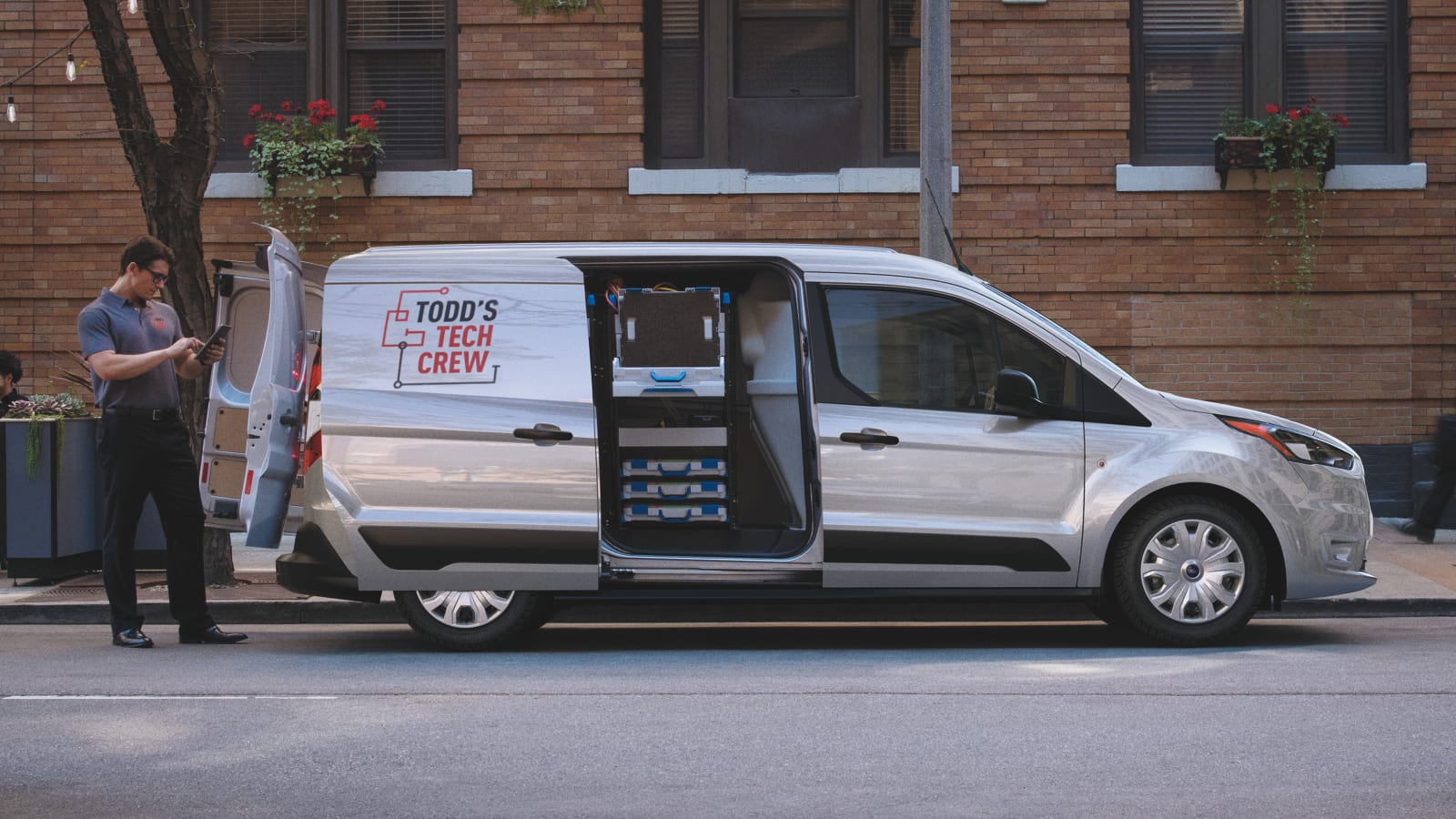
Ford Transit Connect
Like the Mercedes-Benz Metris, the Transit Connect is getting the axe. Sources suggest it will happen some time in 2023, so if you’re looking to expand or refresh your small delivery fleet, you may want to move now before your options start drying up.
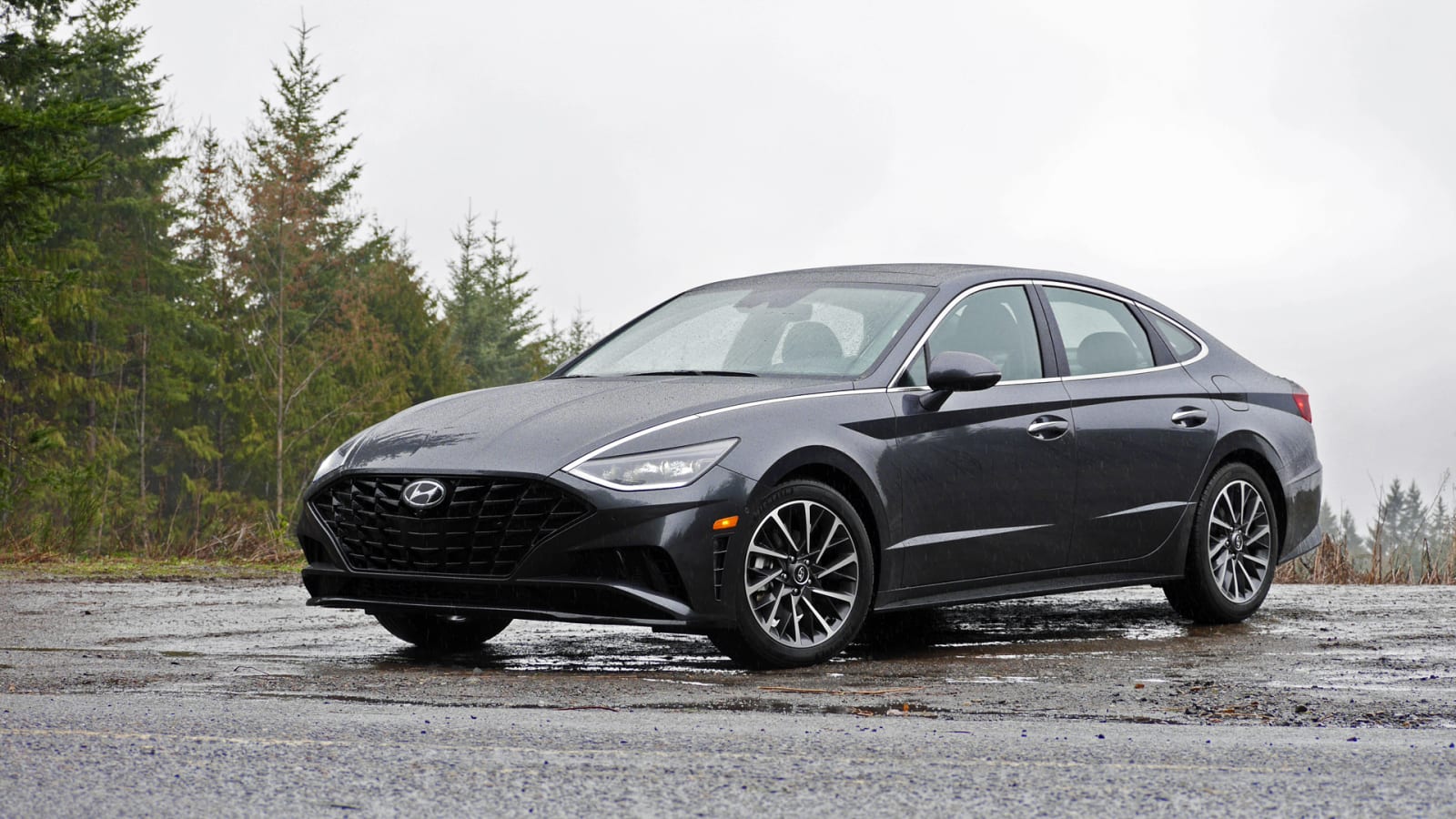
Hyundai Sonata
This freshly redesigned midsizer will be the last to wear the nameplate, but exactly when it will make its departure still remains to be seen. We expect it to depart by mid-decade.
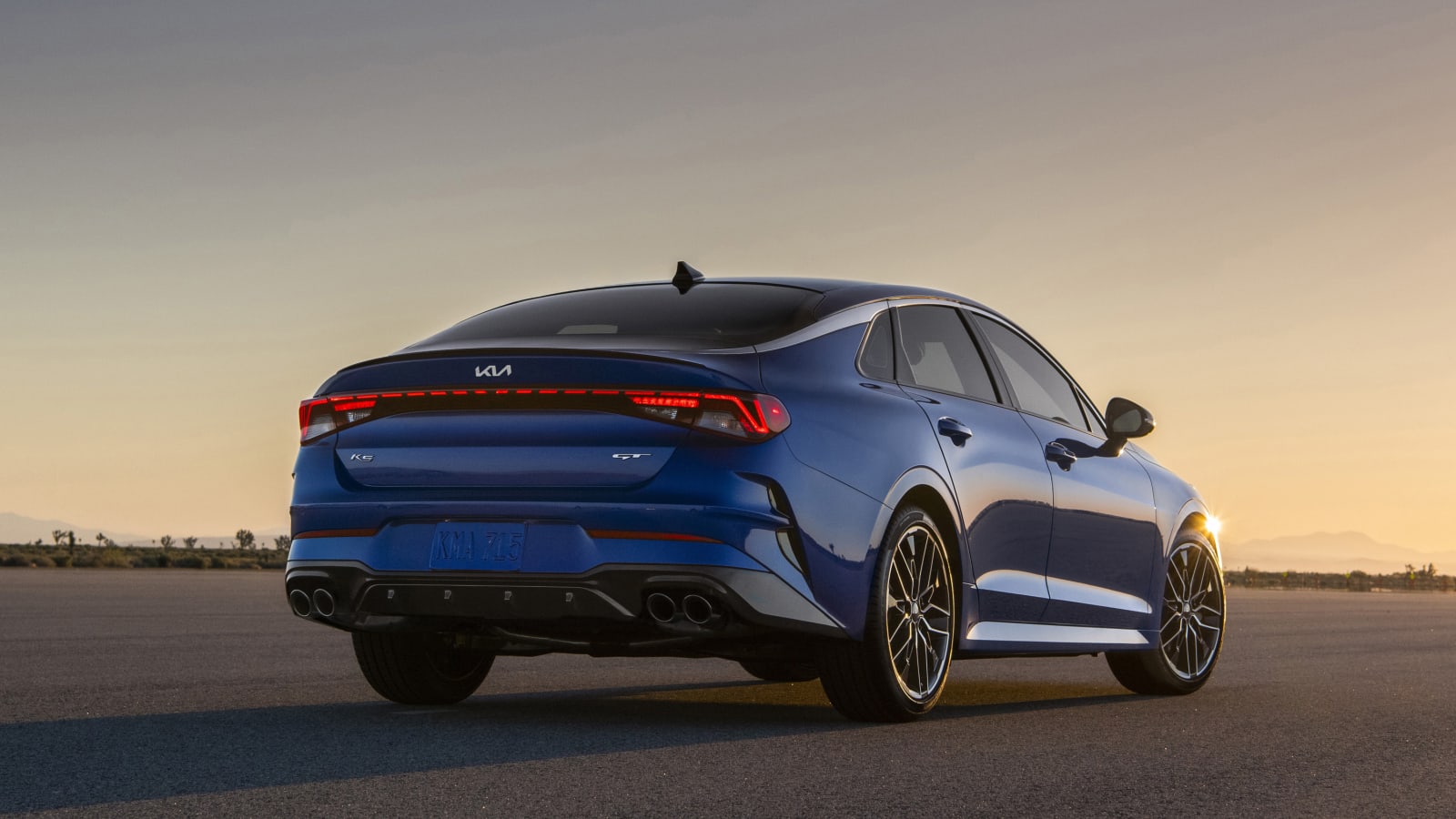
Kia K5
The K5 is the Sonata’s platform mate and will likely be discontinued at the same time.
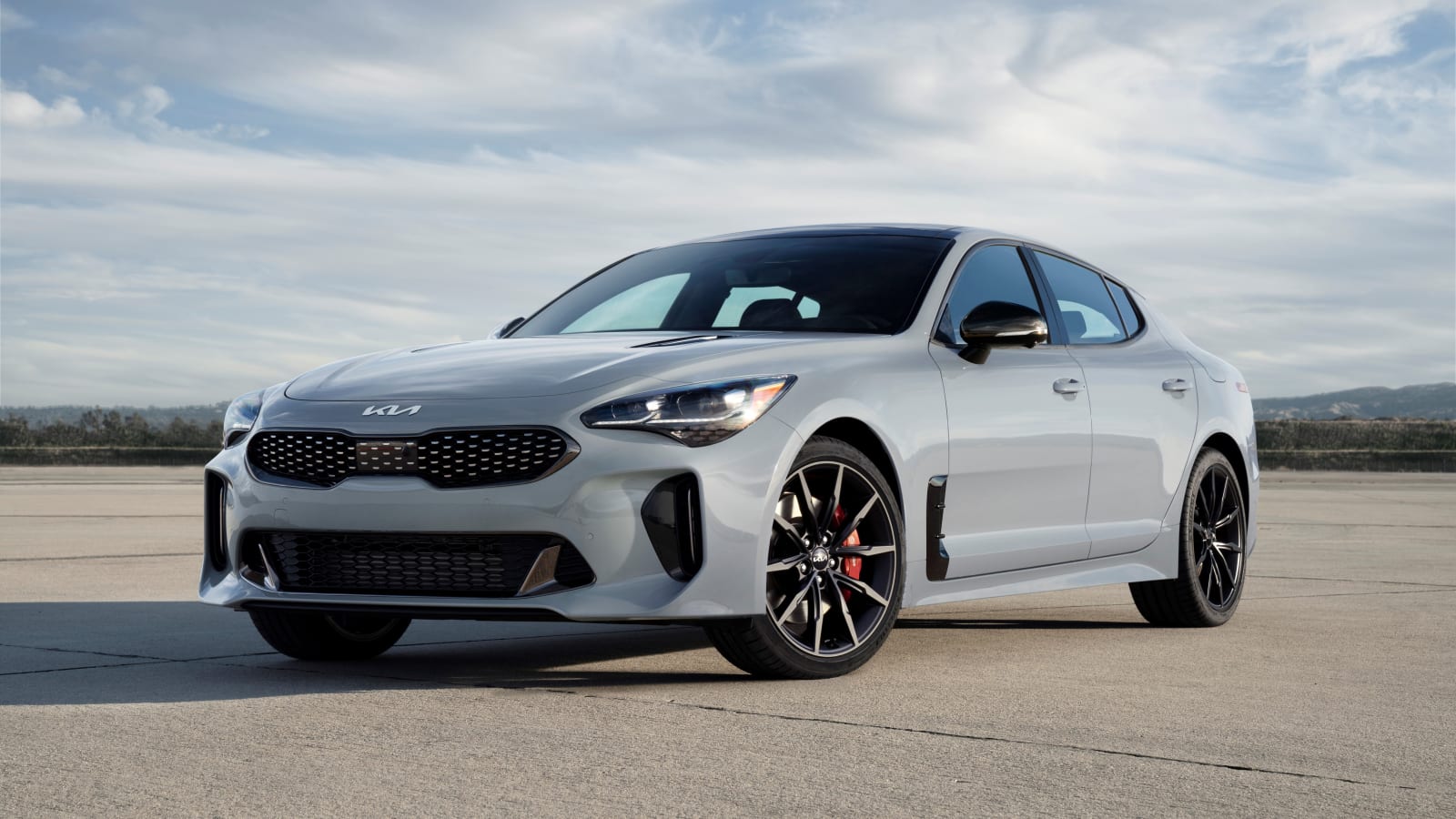
Kia Stinger
Rumors of the Stinger’s demise have been circulating for the past year. It is expected to be discontinued at the end of this model’s life cycle, but exactly when that will be still remains a bit of a mystery. The latest rumors suggest it’ll make its exit some time in 2023 or 2024.

Maserati Ghibli
Rumors have been swirling about the Ghibli’s fate for quite some time. Earlier in 2022, we heard it wouldn’t see another model year. Now, it’s looking like 2024 will be the final model year for Maserati’s mid-priced experiment.
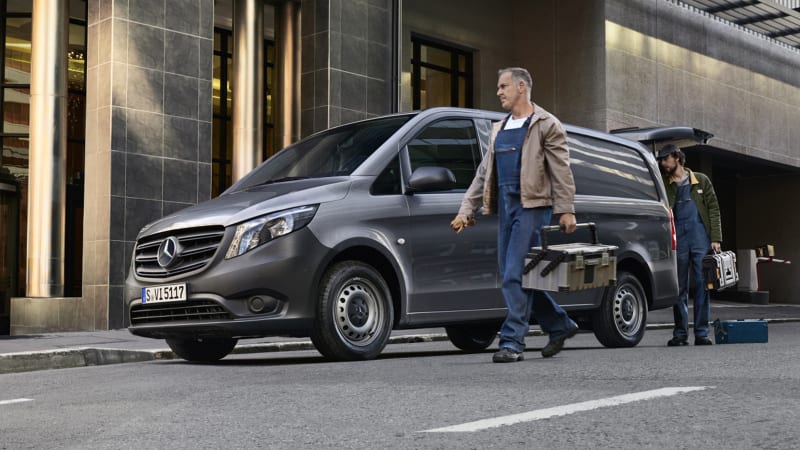
Mercedes-Benz Metris
Small vans are in trouble, it seems. Like the Ford Transit Connect, the Metris is marketed to smaller outfits and urban delivery services that put a premium on space efficiency rather than outright capability. This niche hasn’t expanded in the United States the way manufacturers initially hoped.
Related Video


